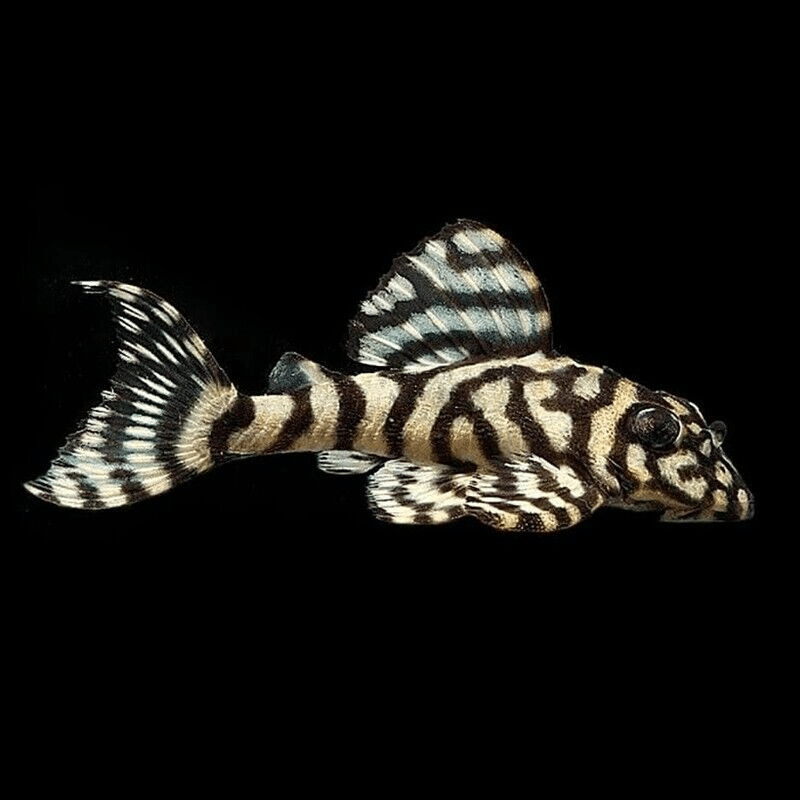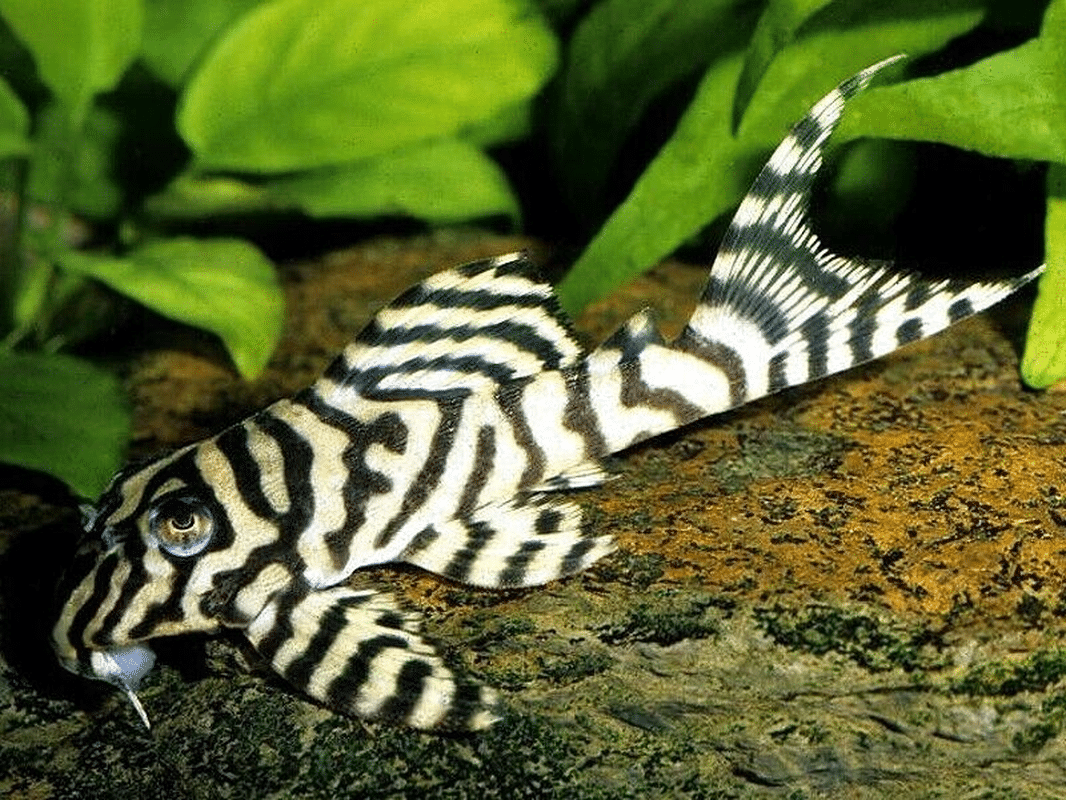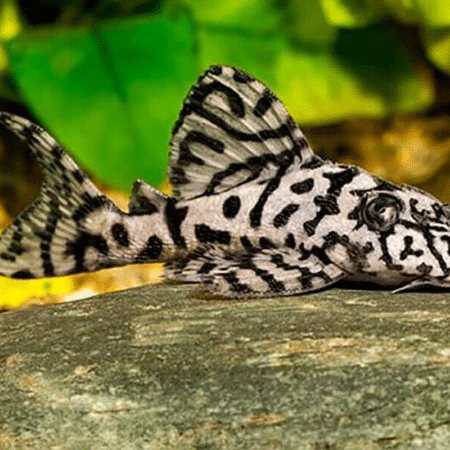To provide the best experiences, we use technologies like cookies to store and/or access device information. Consenting to these technologies will allow us to process data such as browsing behaviour or unique IDs on this site. Not consenting or withdrawing consent, may adversely affect certain features and functions.
The technical storage or access is strictly necessary for the legitimate purpose of enabling the use of a specific service explicitly requested by the subscriber or user, or for the sole purpose of carrying out the transmission of a communication over an electronic communications network.
The technical storage or access is necessary for the legitimate purpose of storing preferences that are not requested by the subscriber or user.
The technical storage or access that is used exclusively for statistical purposes.
The technical storage or access that is used exclusively for anonymous statistical purposes. Without a subpoena, voluntary compliance on the part of your Internet Service Provider, or additional records from a third party, information stored or retrieved for this purpose alone cannot usually be used to identify you.
The technical storage or access is required to create user profiles to send advertising, or to track the user on a website or across several websites for similar marketing purposes.

 Golden Eyes Vampire Crab - Geosesarma Sp. - Decapod Crustacean
1 × £8.71
Golden Eyes Vampire Crab - Geosesarma Sp. - Decapod Crustacean
1 × £8.71 


















Emily Carter (verified owner) –
As a passionate aquarium hobbyist, I couldn’t be happier with my recent addition of the L236 Cracked Zebra Pleco! I’ve kept various freshwater catfish over the years, but this one stands out with its stunning markings and unique personality. I introduced my Cracked Zebra Pleco into a well-established 55-gallon tank about two months ago, and it has settled in beautifully. Its behavior is fascinating to watch; it loves to explore the caves and driftwood, making it a lively addition to my aquarium. Compared to other plecos I’ve kept, this one is incredibly active and doesn’t shy away as much, which I appreciate. The fish arrived healthy and quickly acclimated, showing no signs of stress whatsoever. The only minor concern was its initial pickiness with food, but after a week, it happily devoured algae wafers and zucchini chunks! I highly recommend this beautiful catfish to anyone looking to enhance their tank with a dynamic and friendly fish. Whether you’re a beginner or an experienced aquarist, the L236 is a fantastic choice for both aesthetics and companionship!
Emily Carter (verified owner) –
I recently added the L236 Cracked Zebra Pleco to my tank, and I couldn’t be happier! As a passionate fish parent, I truly care about the health and happiness of my aquatic friends. This little guy has been such a joy to watch. After about two months, he’s become a star in my aquarium, swimming around confidently and also doing an excellent job at keeping my tank clean.
He’s easy to care for, making him perfect for both beginners and seasoned fish keepers. I noticed that he enjoys hiding among the driftwood and rocks I have set up, which not only provides him with a sense of security but also adds to the overall aesthetic of my aquarium. Compared to other catfish I’ve had, this one is much more active and social, which is a delightful surprise.
One small concern is that he does prefer slightly warmer water, so keeping an eye on the temperature is essential. All in all, I wholeheartedly recommend the L236 Cracked Zebra Pleco to anyone looking to brighten their aquarium with a vibrant community fish. He’s truly a wonderful addition, and I can’t wait to see how he grows!